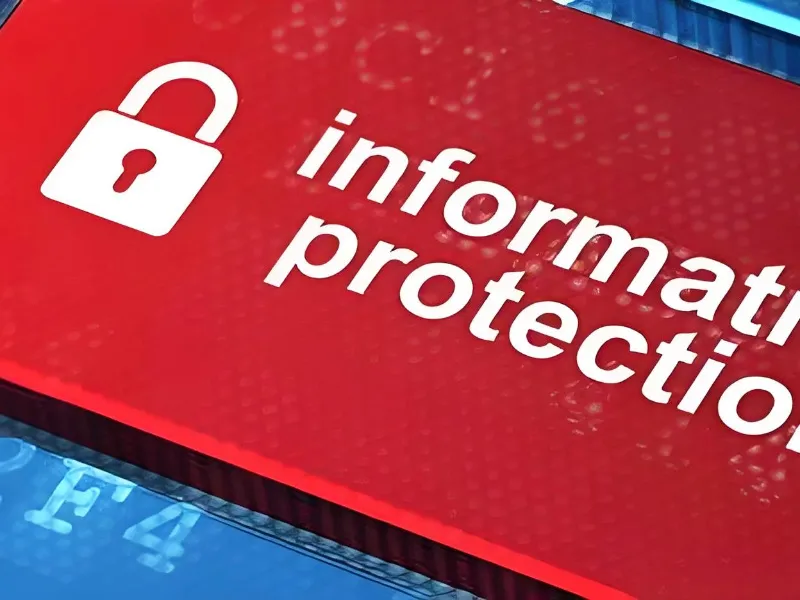- Good IT governance provides a structure for decision-making, helping organisations achieve their objectives while maintaining accountability and transparency.
- Risk management within IT involves identifying, assessing, and prioritising risks followed by coordinated efforts to minimise, monitor, and control the probability or impact of unfortunate events.
As we all know, many businesses today face the challenge of navigating a myriad of regulations, risks, and governance frameworks to maintain operational integrity and protect sensitive data. This trifecta, known as IT Governance, Risk, and Compliance (GRC), forms the cornerstone of a robust IT strategy. Understanding and effectively implementing GRC is essential for any organisation striving to thrive in today’s dynamic technological environment.
GRC is a vital framework for any organisation navigating the complexities of the digital age. By aligning IT strategy with business objectives, managing risks proactively, and ensuring compliance with relevant regulations, organisations can safeguard their operations, protect sensitive data, and maintain stakeholder trust. As technology continues to evolve, the importance of a robust GRC framework will only grow, making it an essential component of successful IT management.
IT Governance
IT governance serves as the framework that ensures IT investments align with business objectives. It involves synchronizing IT strategy with overall business goals, optimizing the use of IT resources, and managing risks effectively. A well-structured IT governance system provides a clear decision-making framework, aiding organizations in achieving their goals while upholding accountability and transparency. Key elements of IT governance include strategic alignment, performance management, resource management, and risk management.
Strategic alignment ensures that IT initiatives support the broader business strategy, guaranteeing that technology investments generate value. Performance management involves regular monitoring and evaluation of IT performance against set goals, helping to pinpoint areas for improvement and ensuring that IT meets its intended benefits. Resource management focuses on the efficient use of IT assets—human, financial, and technological—by optimizing allocation to boost productivity and reduce waste. Lastly, risk management involves identifying potential IT-related threats and implementing measures to mitigate their impact, ensuring that risks are appropriately managed.
Also read: What is RTP and RPO in disaster recovery?
Also read: What is disaster recovery and how does it work?
IT Risk
Understanding IT risk involves a comprehensive approach to managing potential threats that could impact IT operations. This process encompasses identifying, assessing, and prioritizing risks, followed by coordinated efforts to minimize, monitor, and control the probability or impact of adverse events. IT risks can vary widely, from cyber threats and data breaches to system failures and compliance violations. Key components of IT risk management include:
Identification involves pinpointing potential risks that could affect IT systems, considering both internal and external threats. Assessment evaluates the likelihood and impact of these identified risks, helping to prioritize which risks require immediate attention. Mitigation focuses on implementing strategies to reduce the probability or impact of these risks, which may involve technical controls, process changes, or policy updates. Monitoring ensures continuous oversight of risks and the effectiveness of mitigation strategies, allowing for the prompt identification and management of new or evolving threats.
IT Compliance
IT compliance involves adhering to laws, regulations, and internal policies to ensure organisations meet legal obligations, protect data, and maintain stakeholder trust. It encompasses several key components: First, regulatory requirements must be followed, including laws such as GDPR, HIPAA, and SOX. Second, developing internal policies is crucial, outlining acceptable use of IT resources, data handling practices, and security measures. Third, regular auditing and reporting are essential to verify compliance, document efforts, and update stakeholders. Finally, ensuring employees understand their compliance roles through regular training and awareness programs is vital for maintaining effective IT compliance.
Why GRC matters
A well-implemented GRC framework ensures that IT operations align with business goals, manage risks, and maintain compliance, leading to improved operational efficiency. Effective GRC practices proactively identify and mitigate risks before they escalate into critical issues, thus protecting organisational assets and minimising disruptions. Adhering to regulatory requirements is crucial for avoiding legal penalties and maintaining trust with customers and partners, making compliance a core component of IT operations. Additionally, GRC provides a structured approach to decision-making, ensuring that decisions are well-aligned with business objectives, risk considerations, and compliance needs.
A recent example illustrating the importance of GRC is the data breach at the Polish company, Allegro, which exposed sensitive customer information. This incident underscores the critical need for robust IT governance and compliance measures to prevent data breaches and manage regulatory scrutiny effectively. Just as the Facebook-Cambridge Analytica scandal and the Colonial Pipeline ransomware attack highlighted vulnerabilities in IT practices, the Allegro breach demonstrates how inadequate GRC practices can lead to significant financial and reputational damage.

